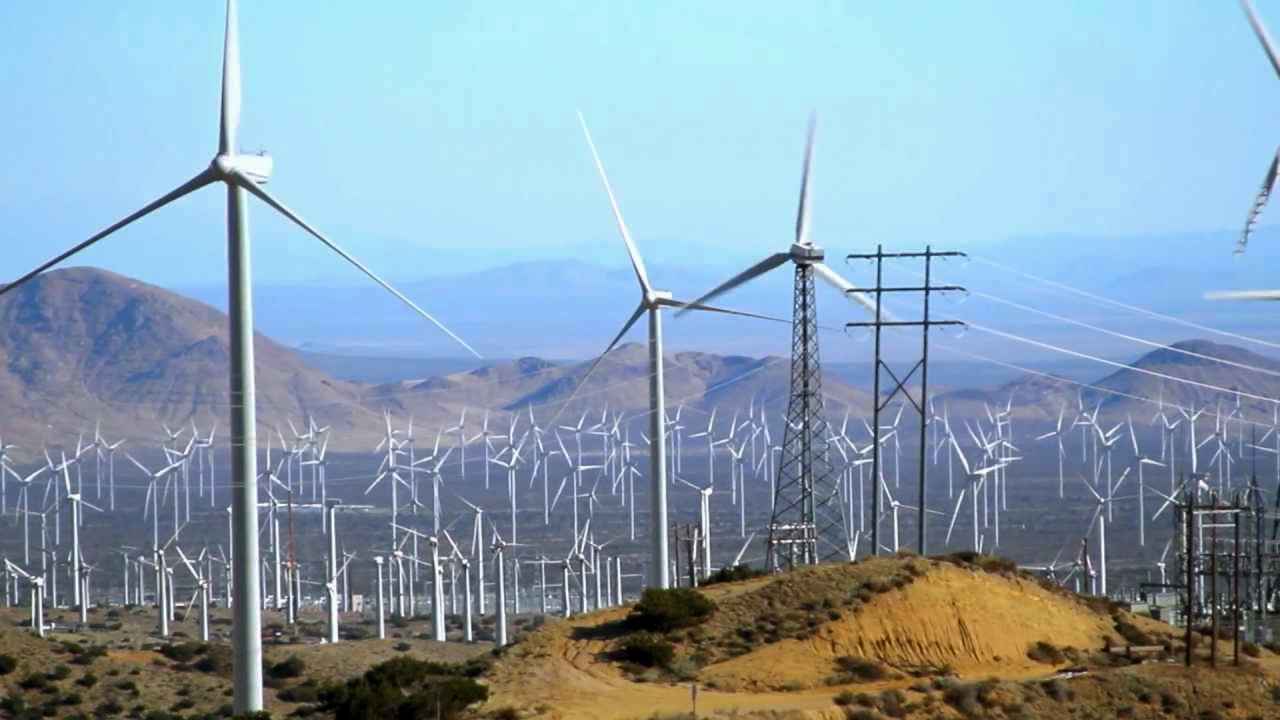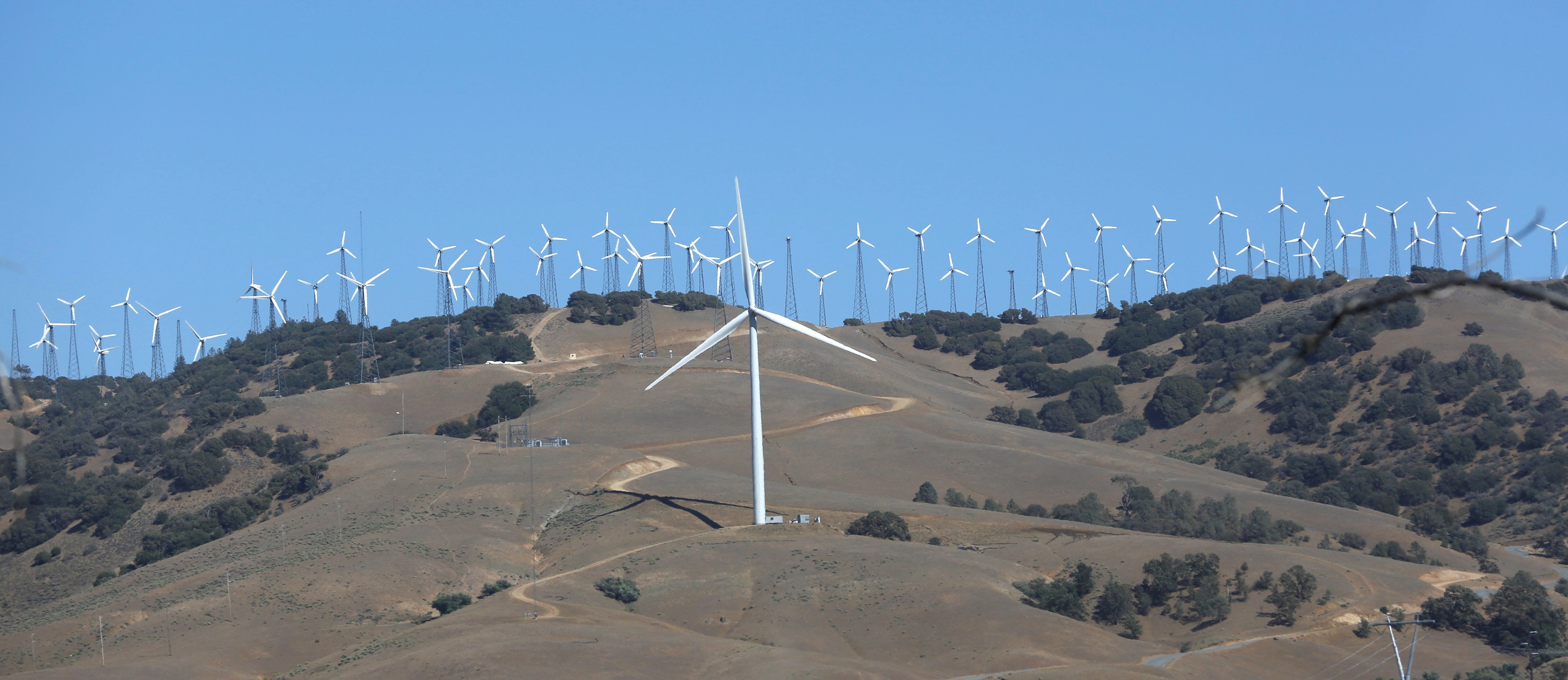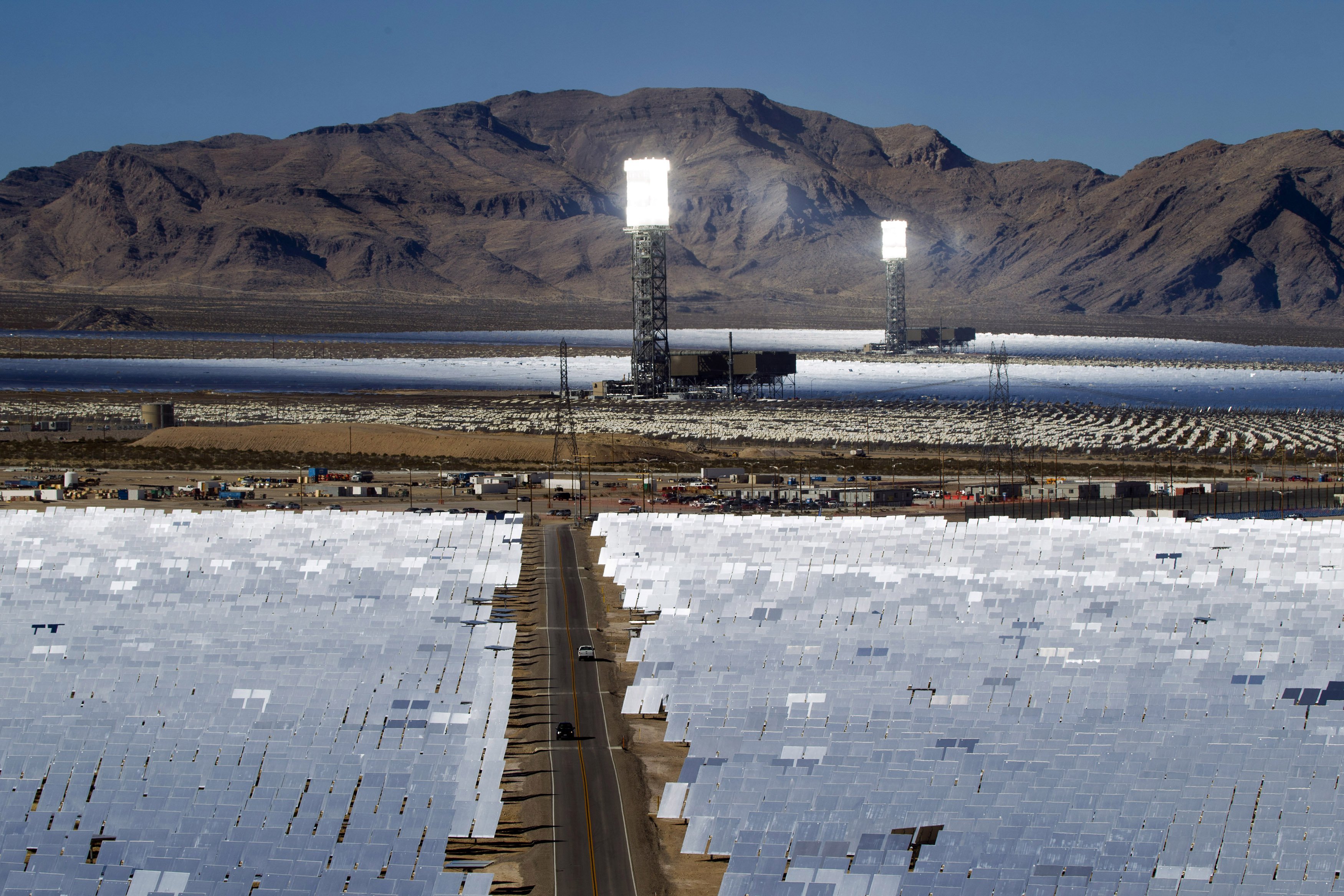
“Green” energy projects threaten to gobble up America’s rural landscapes
‘Vacant Land Myth’: Hundreds Of US Localities Are Resisting The Spread Of Green Energy
-
- U.S. cities and states have risen up against the spread of solar panels and wind turbines.
- One expert says at least 225 government entities across the U.S. have put up barriers to renewable energy development.
- Those supporting renewables rely on the “vacant-land myth” to push their green agenda, the expert said.
From New York to California, localities have taken action to stymie solar and wind energy projects to preserve their way of life, according to Manhattan Institute senior fellow Robert Bryce.
“All-renewable scenarios rely on the vacant-land myth, the faulty notion that there’s endless amounts of unused, uncared-for land out there in flyover country that’s ready and waiting to be covered with forests of renewable-energy stuff,” Bryce told Senate lawmakers in a hearing Thursday.
“The truth is quite different,” Bryce said in prepared testimony for the Committee on Energy and Natural Resources.
“Rural communities, even entire states, are resisting or rejecting wind, solar, and high-voltage transmission projects and that opposition is already slowing deployment of new renewable capacity in the U.S., Canada, and Europe,” Bryce said.
Bryce chastised the “scant” media coverage of the growing resistance to renewable energy projects, which is especially important given Democrats push for sweeping plans, like the Green New Deal, to significantly ramp up renewable energy use. (RELATED: Ocasio-Cortez Says Climate Change Is ‘Fueling’ The Immigration Crisis)
“By contrast, national media coverage of the growing backlash against deployment of large-scale renewable-energy projects has been scant,” Bryce said. “That lack of media coverage is particularly true when it comes to controversies about wind-energy deployment.”

U.S. Representative Alexandria Ocasio-Cortez (D-NY) and Senator Ed Markey (D-MA) hold a news conference for their proposed “Green New Deal” to achieve net-zero greenhouse gas emissions in 10 years, at the U.S. Capitol in Washington, U.S. February 7, 2019. REUTERS/Jonathan Ernst.
It’s not just wind energy development, Bryce said, but opposition to renewables in general that the media has glossed over in recent years. But that opposition complicates sweeping plans, like the Green New Deal, to power the U.S. on renewables.
“Since 2015, I have been tracking rural opposition to wind energy projects,” Bryce said. “By my count, some 225 government entities from New York to California have moved to restrict or reject wind projects.”
“You won’t read about it in the New York Times, but the towns of Yates and Somerset as well as three upstate New York counties – Erie, Orleans, and Niagara – have spent the past three years fighting the proposed 200-megawatt Lighthouse Wind project, which aims to put dozens of wind turbines near the shores of Lake Ontario,” Bryce added.
That sort of opposition could spell trouble for state and federal planners looking to put wind turbines off the East Coast. New York, for example, has a goal of getting 9 gigawatts of offshore wind power in eleven years. (RELATED: Trump’s Latest Executive Order Could Derail A Favorite Tactic Of Climate Activists)
Across the country, Los Angeles County banned large wind turbines in unincorporated areas in 2015, and one county supervisor called wind farms a “visual blight.” San Bernardino slapped strict limits on large wind turbine developments early this year.
The Oklahoma town of Hinton banned wind turbines to avoid becoming an “industrial wind complex,” the town’s mayor told Bryce.

A GE 1.6-100 wind turbine (front C) is pictured at a wind farm in Tehachapi, California June 19, 2013. REUTERS/Mario Anzuoni.
President Donald Trump recently added to the anti-wind fervor sweeping across some of the country, claiming in a recent speech that wind turbines ruined views, depressed property values and even caused cancer.
“If you have a windmill anywhere near your house, congratulations, your house just went down 75 percent in value. And they say the noise causes cancer. You tell me that one, okay?” Trump said at the National Republican Congressional Committee’s annual dinner in early April.
Wind turbines average 466 feet in height and are getting bigger all the time, which means they’re visible for miles. There are also environmental consequences in terms of land use and turbines killing of millions of birds and bats.
A 2017 study, for example, found the amount of wind turbines needed for the U.S. to get all its electricity from renewables would cover roughly 193,000 square miles, or six percent of the land area of the lower-48 states.
Solar farms also take up large allotments of land, and like any other development, displace animals and plants. Solar thermal plants in the California desert incinerate birds that fly overits vast array of heliostat panels.
With these concerns in mind, Spotsylvania County, VA, residents are worried a massive 3,500-acre solar project could damage the environment. Roughly 60 miles north in Washington, D.C., environmentalists are skeptical of Georgetown University’s plan to cut down 210 acres of forest to build a solar farm.
What about the transmission lines needed to get wind power from the windswept Midwest to population centers? Some state and local governments have opposed those as well.

Heliostats reflect sunlight onto boilers in towers during the grand opening of the Ivanpah Solar Electric Generating System in the Mojave Desert near the California-Nevada border February 13, 2014. REUTERS/Steve Marcus.
“High-voltage transmission projects are also facing opposition,” Bryce said, pointing to a 2017 Iowa law that “prohibits the use of eminent domain for high-voltage transmission lines.”
“The move doomed the Rock Island Clean Line, a 500- mile, $2 billion, high-voltage direct-current transmission line that was going to carry electricity from Iowa to Illinois,” Bryce said.
See more from Michael Bastasch and Daily Caller here
From: dailycaller.com